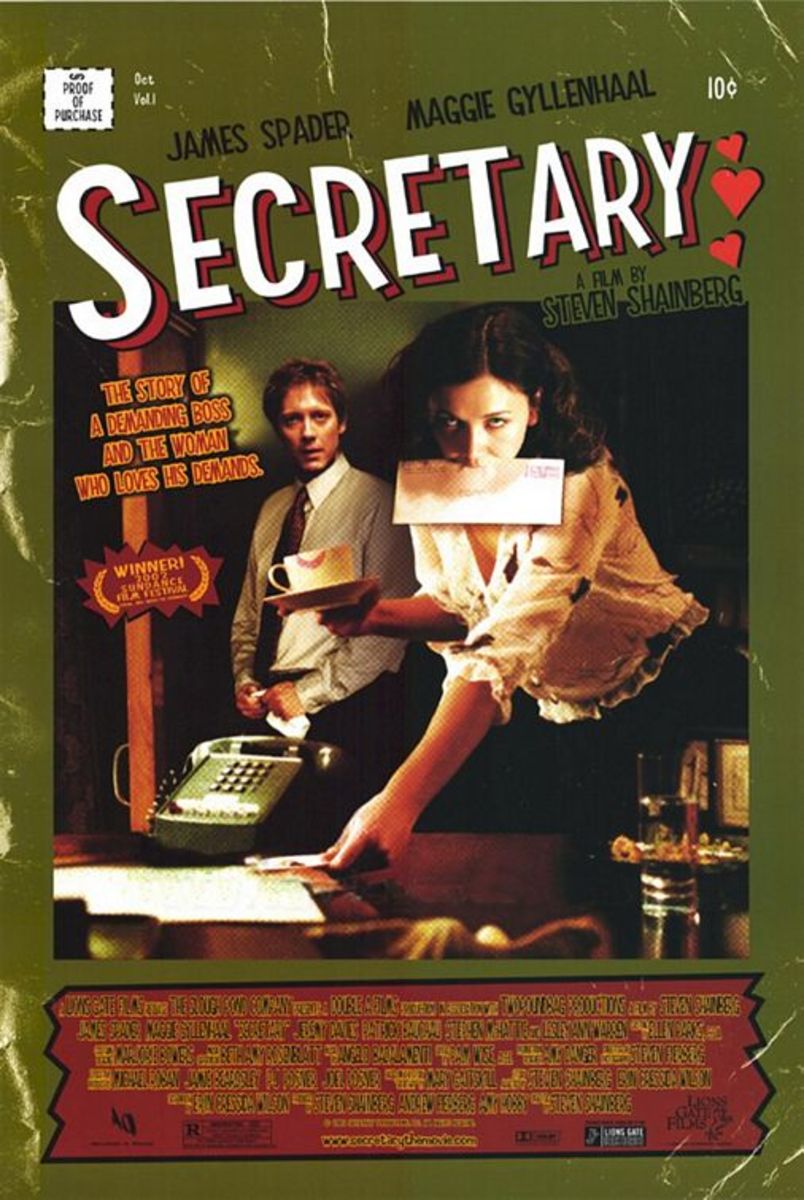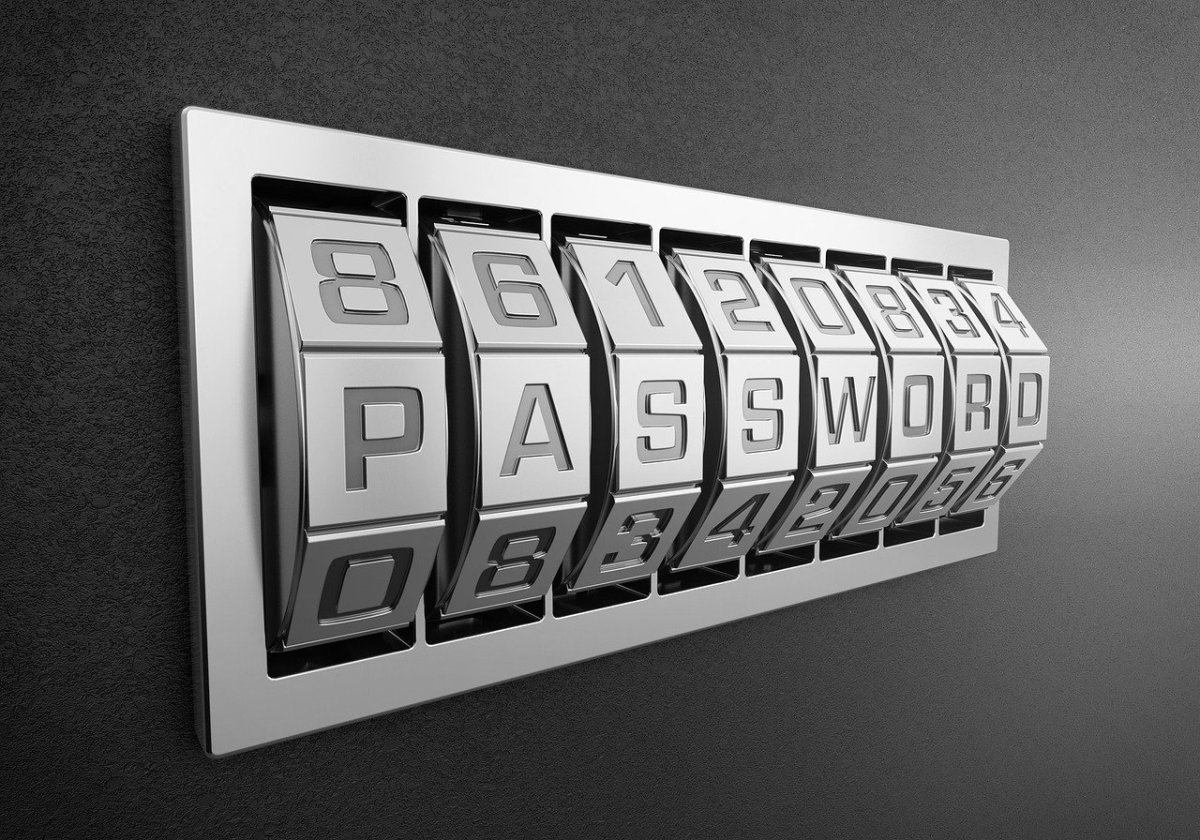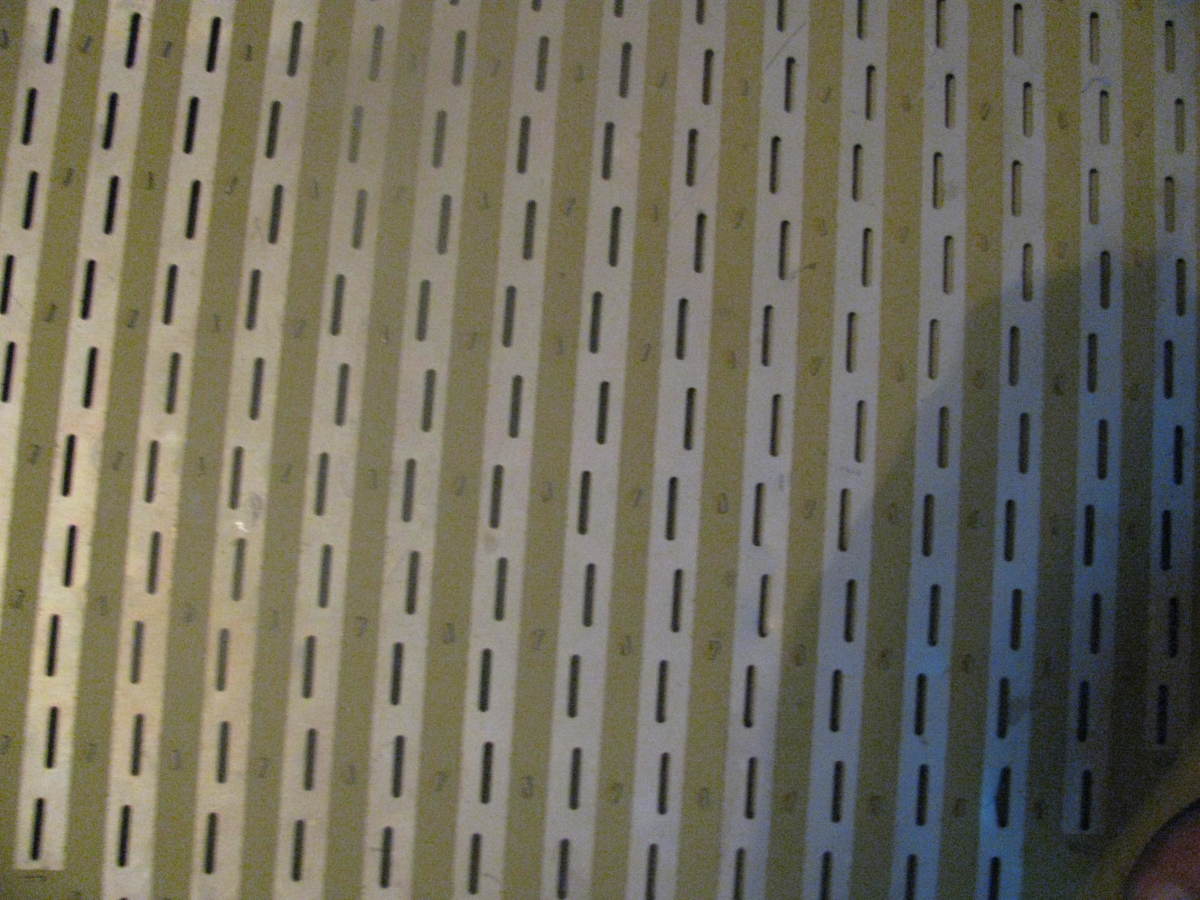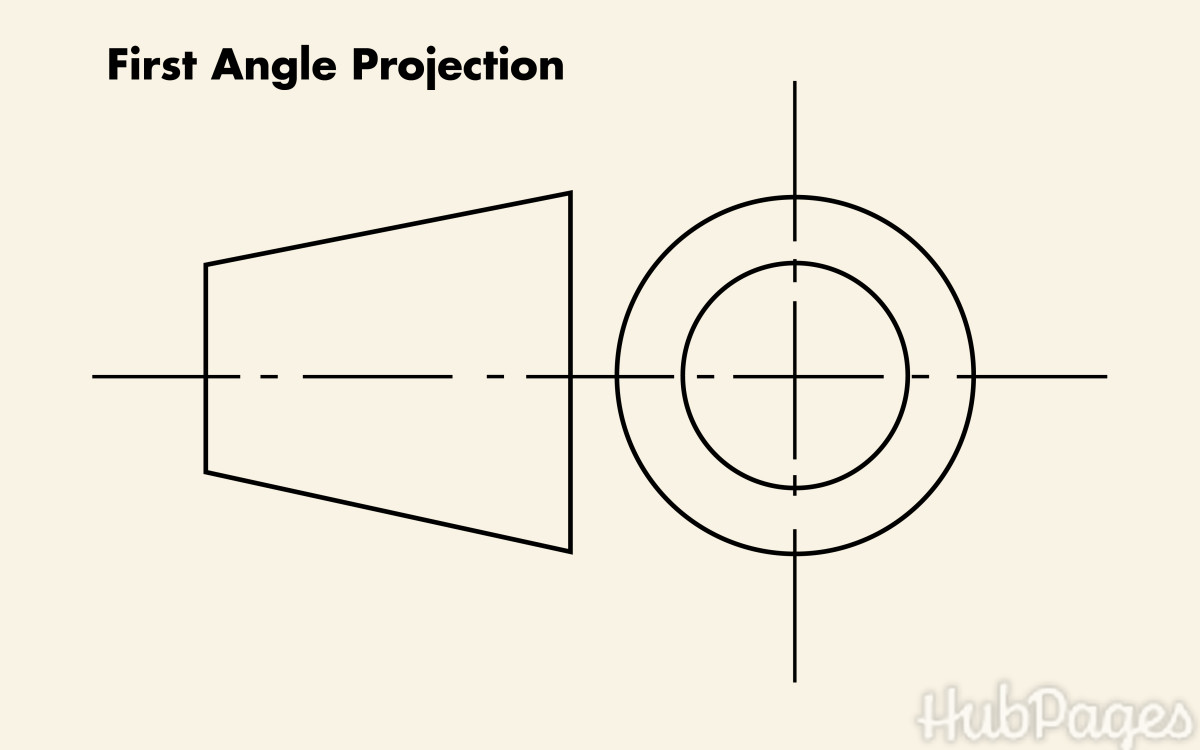History of the QWERTY Keyboard
Christopher Latham Sholes invented the first practical typewriter in 1866 and then the first practical modern typewriter in 1868 with the assistance of S. W. Soule and G. Glidden. It had a movable carriage which was a lever for turning paper from line to line and a keyboard on which the keys were arranged alphabetically in two rows. The letters were on the end of rods called "typebars", which hung in a circle. The roller which held the paper was fixed over this circle. When a key was pressed, a typebar would swing up to hit the paper from underneath. If two typebars were near each other in the circle were typed in succession, they would tend to clash into each other. So the "ABC" key arrangement caused the keys to jam because the typists worked quickly. Sholes wanted to find out a solution to keep the keys from jamming. The only solution that came to his mind was to keep the typists from typing too fast.
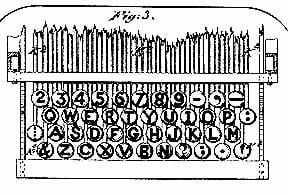
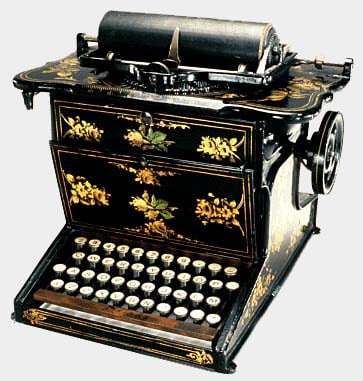
To accomplish this he took the help of an educator Amos Densmore, who is brother of James Densmore, to study the letter pair frequency, obtaining a list of the most common letters used in English and rearranged his keyboard, making sure that the typebars of most common letter pairs such as "TH" hung at safe distances. The alphabetic arrangement was replaced by a different arrangement, where the most common pairs of letters were spread far apart on the keyboard. Sholes's arrangement of this new keyboard increased the time it took for the typists to hit the keys for common two-letter combinations making sure that there was enough time for each type bar to fall back sufficiently, and to be far out of the way before the next one came up. This led to the invention of the QWERTY keyboard (the first six letters in the top alphabet row), which was determined by the mechanical linkages of the typebars inside the machine to the keys on the outside. This however did not eliminate the problem completely but rather reduced the jamming problem greatly. Sholes did not even imagine that typing would ever be faster than handwriting (usually around 20 words per minute).
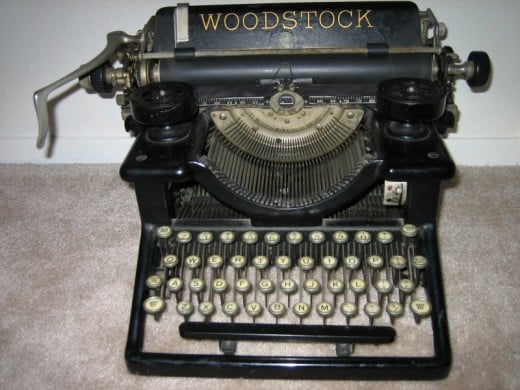
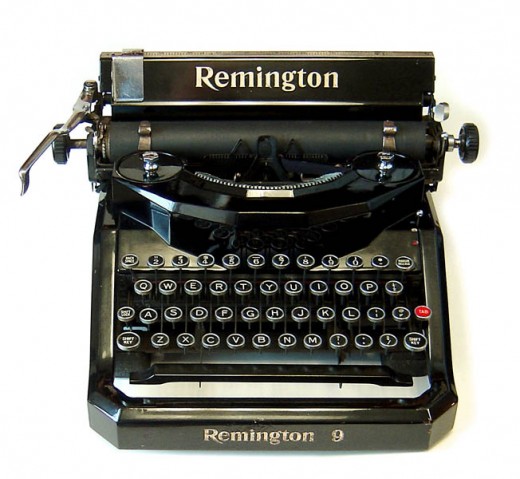
Based on Sholes’ mechanical typewriter, Thomas Alva Edison built the first electric typewriter in the United States in 1872. It was not very popular until the 1950s. Sholes did not have the patience required to market the new product and so he sold the rights to Densmore. He, in turn, convinced Philo Remington to market the device, which was later marketed by Remington Arms Company in 1873. The first Typewriter was offered for sale in 1874 but it was not an instant success.
A few years later, improvements were made by Remington engineers which gave the machine its market appeal and sales improved enormously. Sholes was also granted a patent for the keyboard arrangement in 1878. Sholes claimed that the new keyboard arrangement would add efficiency and speed since it was scientific. But initially it slowed down the speed of the typists, since almost any word in English language required the typist’s fingers to cover more area on the keyboard. But typists soon memorised the letter arrangement and the typewriter became a huge success. QWERTY's effect was to speed up typing, by reducing those annoying clashes, rather than slowing down the speed.
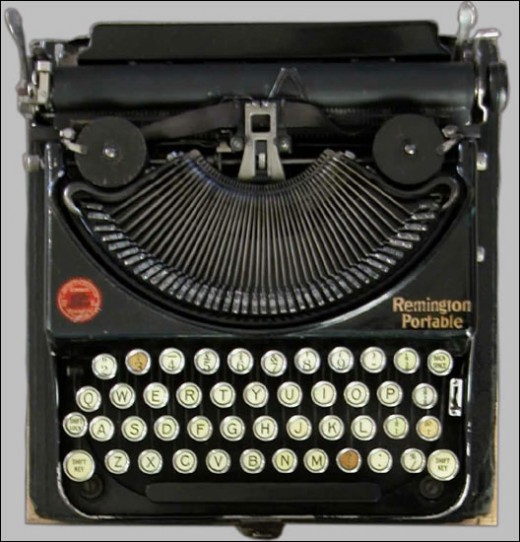
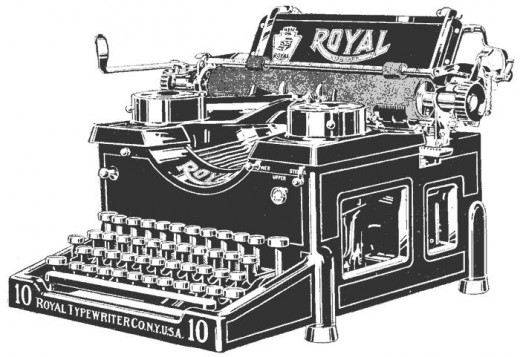
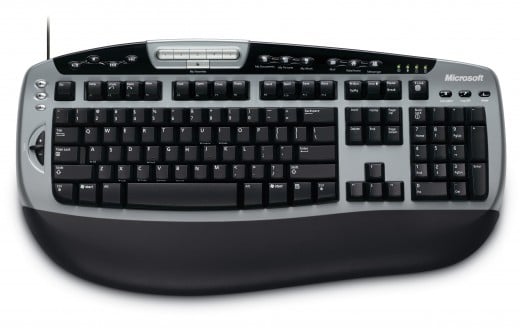
The machines that were initially available in the market, typed only capital letters. So the new Remington No. 2 was introduced which offered both upper and lowercase letters with the addition of shift key. It was called a shift because it actually caused the carriage to shift in position for printing either of two letters on each typebar. Modern electronic machines do not shift mechanically when the shift key is pressed, but the name remains the same.
Around 1878, Mrs. L. V. Longley promoted the ten-finger typing which started to replace two-finger typing. Typists' speeds quickly exceeded the one and two-finger speeds achieved by early typists on the original alphabetic keyboards. Also the technology on the newer typewriters kept improving and the jamming problem was completely kept at bay. Sholes was granted a patent on an improved keyboard arrangement in 1896 and to this day the QWERTY keyboard layout has remained the industry standard.


